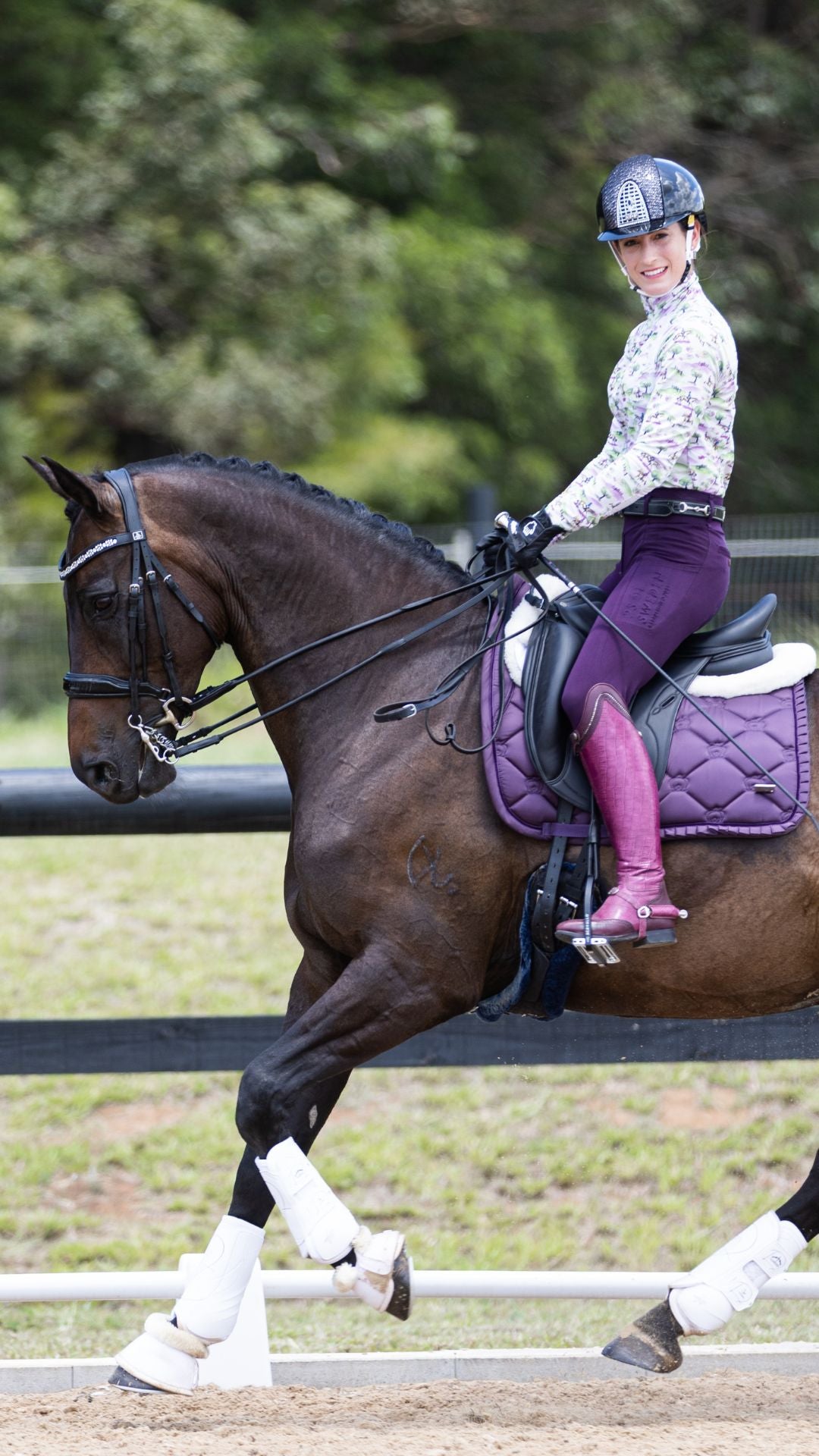
Common Contact Mistakes To Avoid
Share
Here are the three most common contact mistakes we see amongst many riders, and an explanation as to why they must be avoided. Contact is just one part of the many things we need to work on when training our horses, but it is a very important part. It affects performance enormously, but it is also a horse welfare issue.
1. Thinking about contact as a mouth and head issue
We feel rein contact through the reins which are attached to the bit resting in our horses’ mouths. So it’s tempting to think about contact as being an issue with the horse’s mouth or head. And yes, the mouth and head do have a part to play, but it’s only a part of the issue. A tense jaw can show up as going above or behind the bit, crossing the jaw, chewing aggressively or opening the mouth - but often the tension in the jaw is caused by tension or discomfort in the horse’s back or hindquarters (or even shoulders and chest), not moving freely enough, or being crooked.
2. Not paying attention to position
So many riders try to get their horse into a particular position without paying enough attention to their own position. Hand position is very important, but just as important is a correct seat and upper body position. If you are sitting crooked or out of balance with your horse, this will cause them to be crooked and out of balance, and refer to mistake no. 1 to see why this will show up in contact issues!
3. Trying to achieve a “look”
Contact is all about feel - it’s not about achieving a particular frame at the expense of correct movement. If you focus on how contact feels (it should be elastic and constant with a little bit of weight in your hands, but not too much) then you will be on the right track. If instead you are trying to fiddle with the mouth, bring your hands low, or put gadgets on your horse to get them to bring their head low, then you will never feel what a correct, harmonious, back-to-front contact feels like.
In our next post, we will explain how to avoid these mistakes, and what to do instead.
